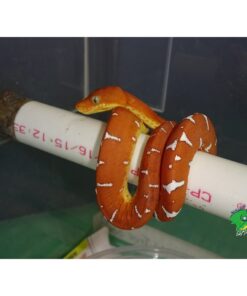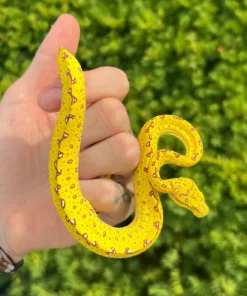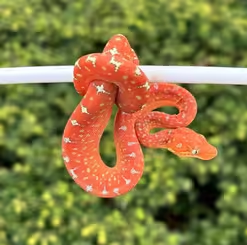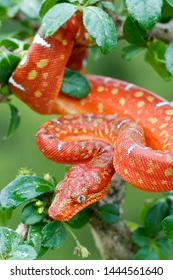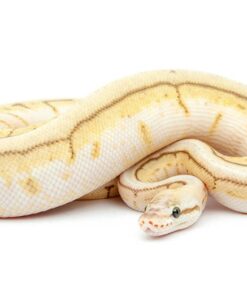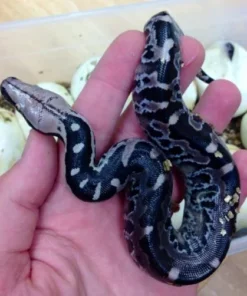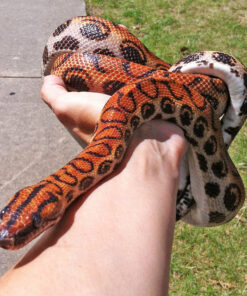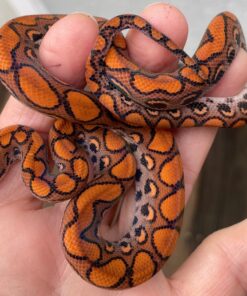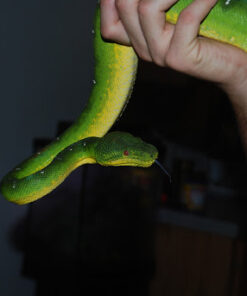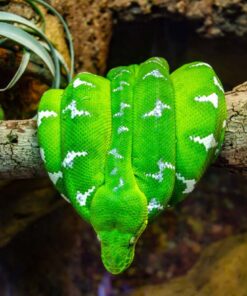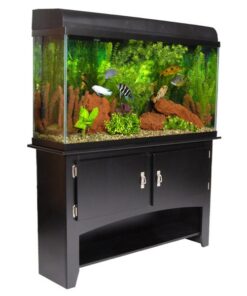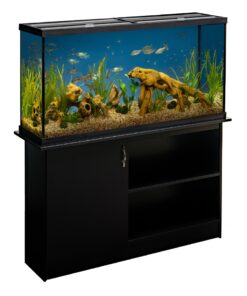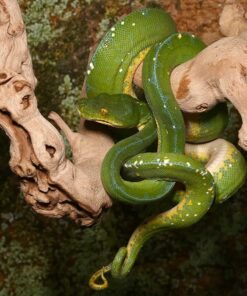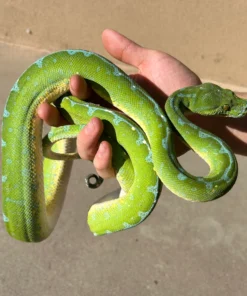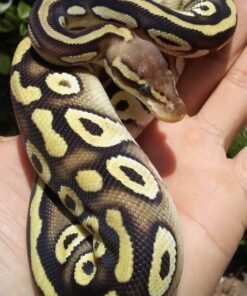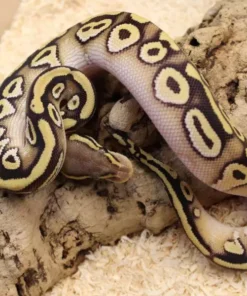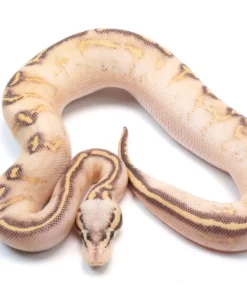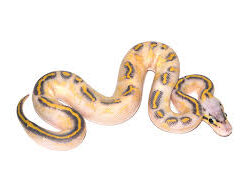Snakes are fascinating reptiles found all over the world except in Antarctica. They come in various shapes, sizes, and colors, and they exhibit a wide range of behaviors and adaptations. Snakes, Understanding snakes can help in appreciating their role in ecosystems and in making informed decisions about keeping them as pets.
Physical Characteristics
Body Structure
Snakes are elongated, legless reptiles with flexible bodies.
They have scales covering their skin, which they periodically shed in a process called ecdysis.
Snakes lack eyelids and external ears; instead, they have a transparent scale covering their eyes and can detect vibrations through their jaws.
Size and Color
Sizes range from tiny thread snakes, measuring about 10 cm (4 inches), to the reticulated python, which can exceed 9 meters (30 feet). Blood Python For Sale
Coloration and patterns vary widely and can serve as camouflage, warning coloration, or for thermoregulation.
Behavior and Lifestyle
Habitat
Snakes inhabit diverse environments, including forests, deserts, wetlands, and oceans.
They can be terrestrial, arboreal (tree-dwelling), or aquatic.
Diet
Snakes are carnivorous, feeding on a variety of prey such as insects, rodents, birds, eggs, fish, and other reptiles.
They swallow their prey whole, thanks to highly flexible jaws.
Reproduction
Snakes can be oviparous (egg-laying) or viviparous (giving birth to live young).
Mating behaviors vary, with some species engaging in complex courtship rituals.
Adaptations
Locomotion
Snakes use various methods of movement, including lateral undulation, rectilinear movement, and sidewinding, depending on their environment. Boas Snakes For Sale
Sensory Adaptations
Snakes have a highly developed sense of smell, using their forked tongues to collect scent particles and deliver them to the Jacobson’s organ.
Some snakes have heat-sensing pits to detect warm-blooded prey.
Venom
Many snakes possess venom, which they use to immobilize or kill prey and for self-defense.
Venomous snakes include cobras, vipers, and rattlesnakes, among others.
Snakes as Pets
Popular Species
Common pet snakes include ball pythons, corn snakes, king snakes, and boa constrictors.
These species are typically chosen for their manageable size, docile nature, and ease of care.
Housing
Snakes require an enclosure that mimics their natural habitat, with appropriate temperature, humidity, hiding spots, and climbing structures if needed.
Enclosures should be escape-proof and provide a temperature gradient.
Diet
Pet snakes are usually fed pre-killed rodents or specially prepared snake food.
Feeding frequency depends on the species, age, and size of the snake.
Health and Care
Regular veterinary check-ups are important to monitor for common health issues such as respiratory infections, mites, and shedding problems.
Hygiene and proper handling techniques are crucial to prevent stress and injury. Green Tree Python For Sale
Conservation and Ethical Considerations
Wild Populations
Many snake species face threats from habitat destruction, climate change, and human persecution.
Conservation efforts include habitat protection, anti-poaching measures, and public education.
Captive Breeding
Responsible breeding practices help reduce the pressure on wild populations and ensure the health and genetic diversity of captive snakes.
Ethical Pet Ownership
Potential snake owners should thoroughly research the species they are interested in to ensure they can meet its specific needs.
Ethical considerations include avoiding wild-caught specimens and supporting reputable breeders.
Conclusion
Snakes are remarkable creatures with diverse adaptations that allow them to thrive in various environments. Ball Python For Sale, Whether in the wild or as pets, they play important roles in ecosystems and offer unique opportunities for learning and fascination. Proper understanding and care are essential for those interested in keeping snakes as pets, ensuring both the well-being of the snake and the safety of the owner.
Sale!


